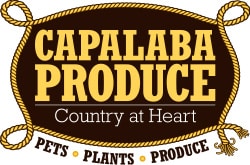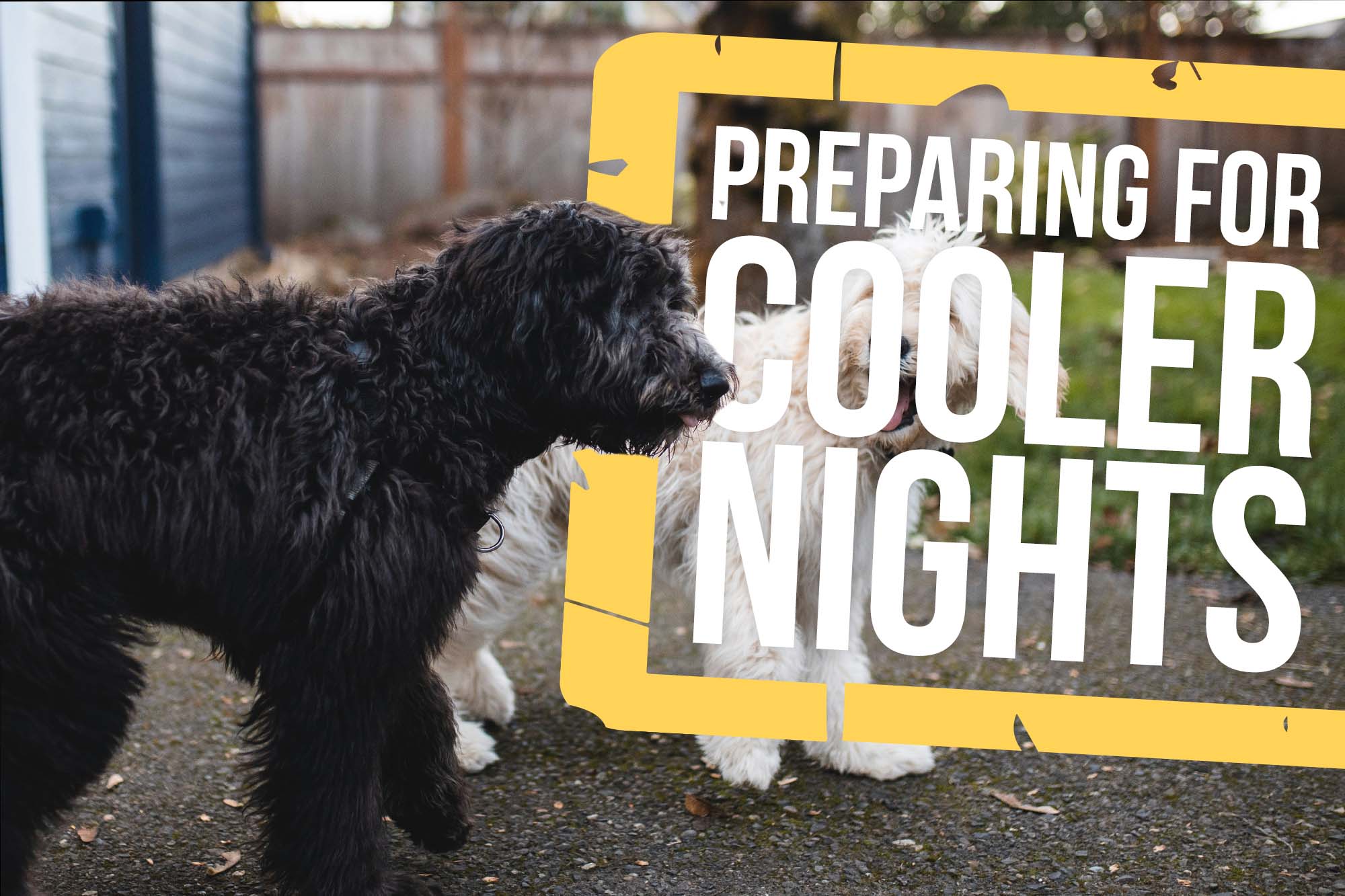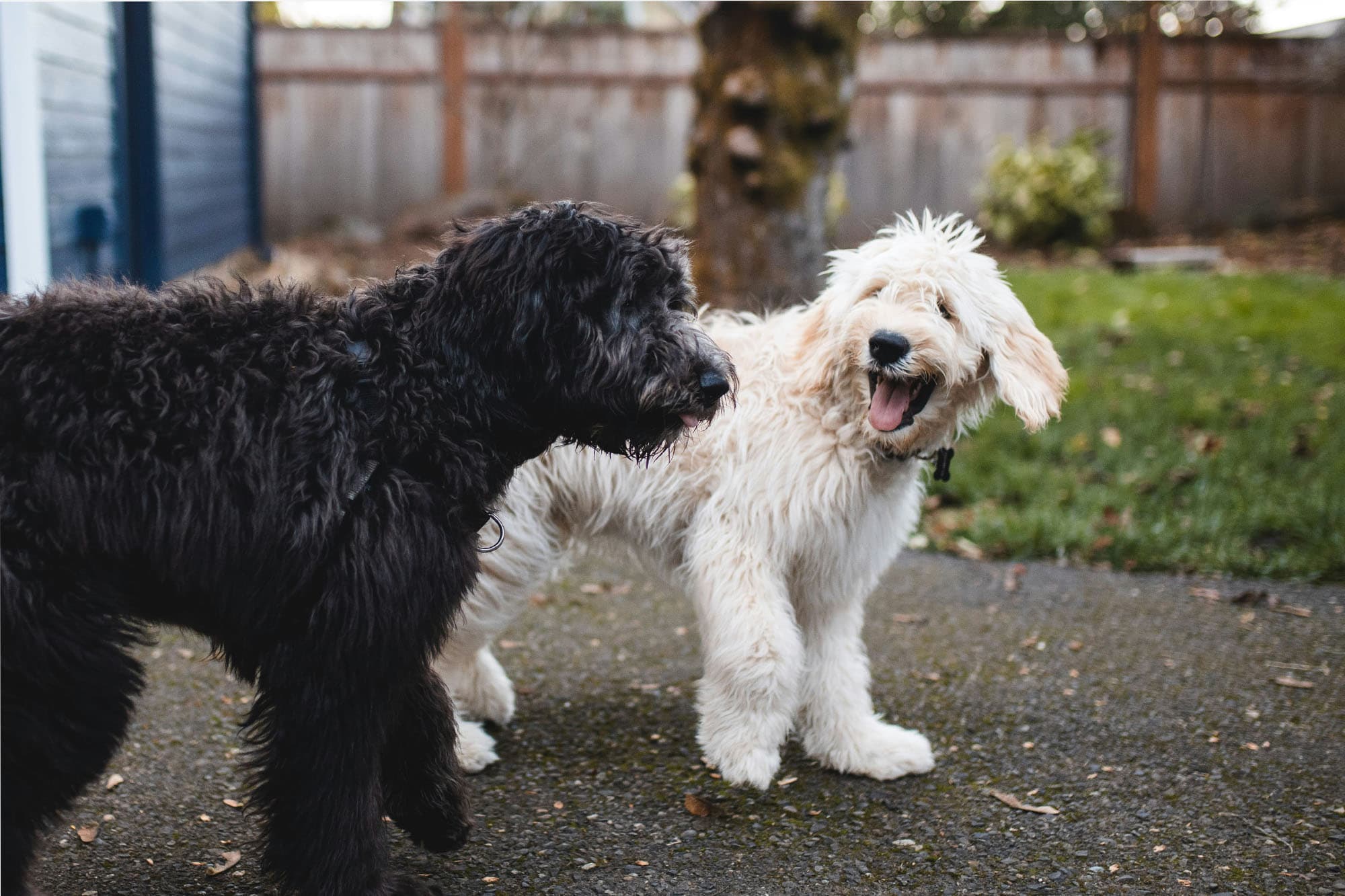Which hay should I feed my horse? The most common question we get on a day to day basis. We are here to answer all your hay questions.
Hay is a crop that is grown specifically for the purpose of creating hay, unlike straw while straw is a by-product of different kinds of crops. Hay is more geared toward being a nutrient-rich feed for livestock.There are two main types of hay available to feed horses and cattle. Whether they are in Round Bales or Square bales. Lucerne Hay and Grass Hay being the most popular. Lucerne Hay is a favourite hay for horses and contains ample protein (between 15% – 18%). For some horses, this may be more than they require. Lucerne is an excellent option (due to high protein levels) for Foals, Mares with foals at foot, and growing horses. For most horses, Lucerne is a supplement, and an imbalance can cause trouble in horses. Grass Hay can average between 6%-10% protein based on dry matter weight.
What is the difference in requirements between Horses and Cattle for Hay Types?
Deciding which hay should I feed my horse is tricky. With multiple stomachs, Bovine digestion is well equipped to digest stalky, mature grasses and hay. In fact, research suggests the ability to digest stalky hays in beasts. Horses will struggle to get any real nutritional value from this type of hay and may choose to not even eat it.
Problems associated with feeding inappropriate quality of Hay to Horses
- Dusty and Mouldy hay can result in hay induced colic
- Horses will struggle to get any real nutritional value from this type of hay and may choose to not even eat it.
- Hay that is fed before being stored (preferably a minimum of one month). Fresh hay runs a serious risk of causing colic.
- Like most feeds, always introduce a new feed source gradually.
How to identify quality grass Hay
Appearance & Texture
- It has a nice mix of leafy grass/clover. Grass which is stalky and has developed mature seed heads is past it’s best for horses. Small immature seed heads are ok.
- Check for the appearance of thistle or weeds
- Check for visual signs of Mould. Hay should be ideally baled when the moisture content is around the 15-17%. Moist Hay is a potential fire risk – don’t store moist hay inside a shed.
- Too coarse – your animal will also not feel comfortable to eat it. Stalks and leaves should be flexible to the touch
- Check the hay for leaf shatter (this is where the leaf disintegrates by touch). Affected hay will have fewer nutrients than hay that doesn’t suffer this problem.
Colour
- Good Grassy hay is pale green to pale gold. If it is dull and brown there is a good chance that it endured rain while drying. If too golden, it may have been too dry when cut. Try to assess the colour of the hay in the centre of the bale.
- Bleached externals of a bale may have lost some Vitamin A content, but most the nutrients will have remained.
- Hay should be ideally baled when the moisture content is around the 15-17%. Moist Hay is a potential fire risk – don’t store moist hay inside a shed.
Smell
- Be cautious of Hay that smells, sharp, musty, almost metallic, this is a sure indication that the hay could be mould affected.
- Avoid hay that is dusty. Dusty hay is no good for your animal’s lungs or digestive system.
Weight
- Too heavy = too wet
- Too light = too dry
Age
It will gradually loss nutritional value. Having said that, well stored top quality hay will still provide more than reasonable nutrition. Even if it is a season or two old.
Storage & Feeding Out
- Store all hay off the ground. This will stop capillary action where the hay will absorb moisture from the ground. This may render some or all of a bale useless.
- Pack your hay with slight airspaces between it. It is most dangerous to horses if the hay is heating up. The heat is caused by the natural bacterial action. Eventually, your hay will go mouldy if too moist and packed too tight.
- Like most feeds, always introduce a new feed source gradually.
- Avoid feeding hay out where it can get trampled into the mud
- It is recommended that purchased hay be fed out in a restricted part of each paddock. This way it is easier to review any weed contamination.





